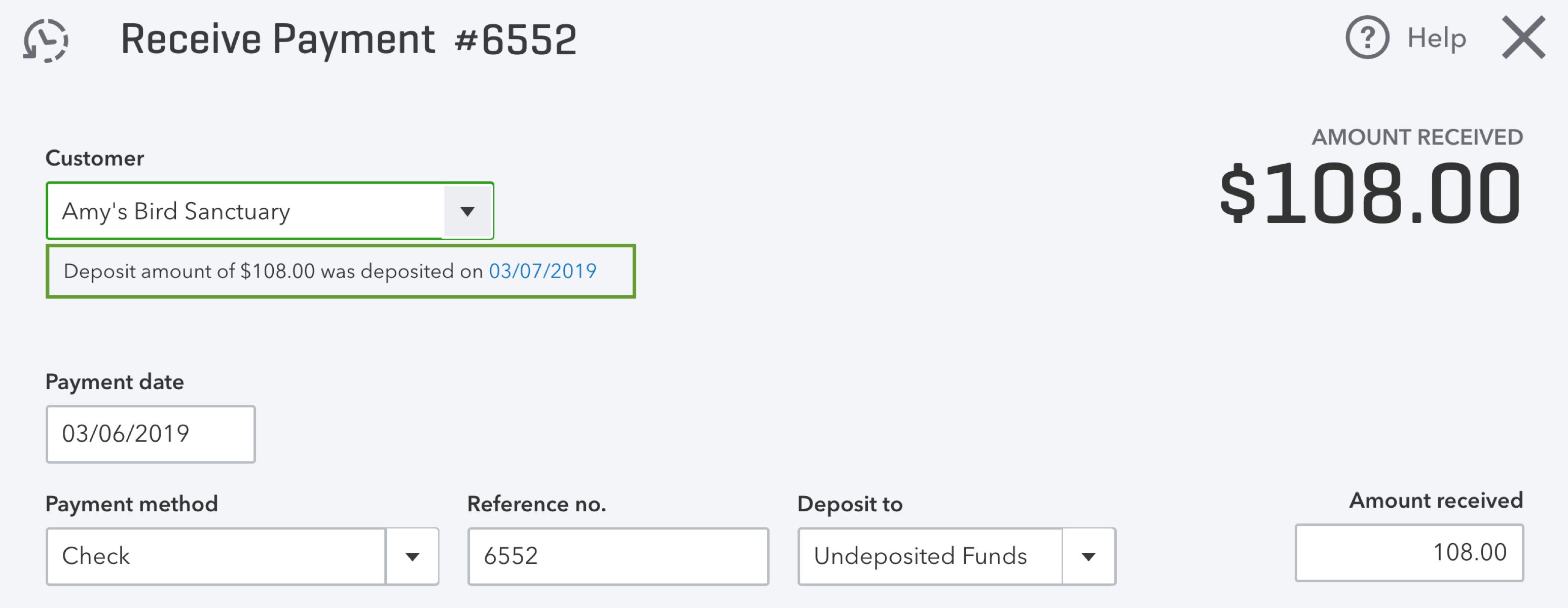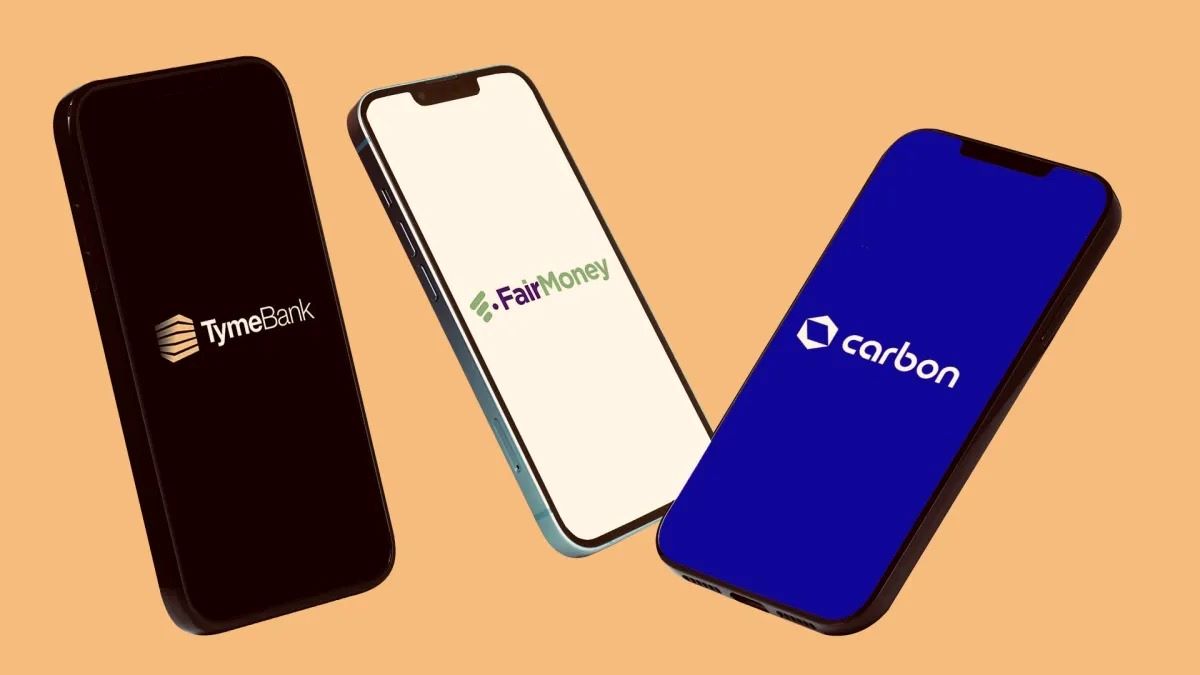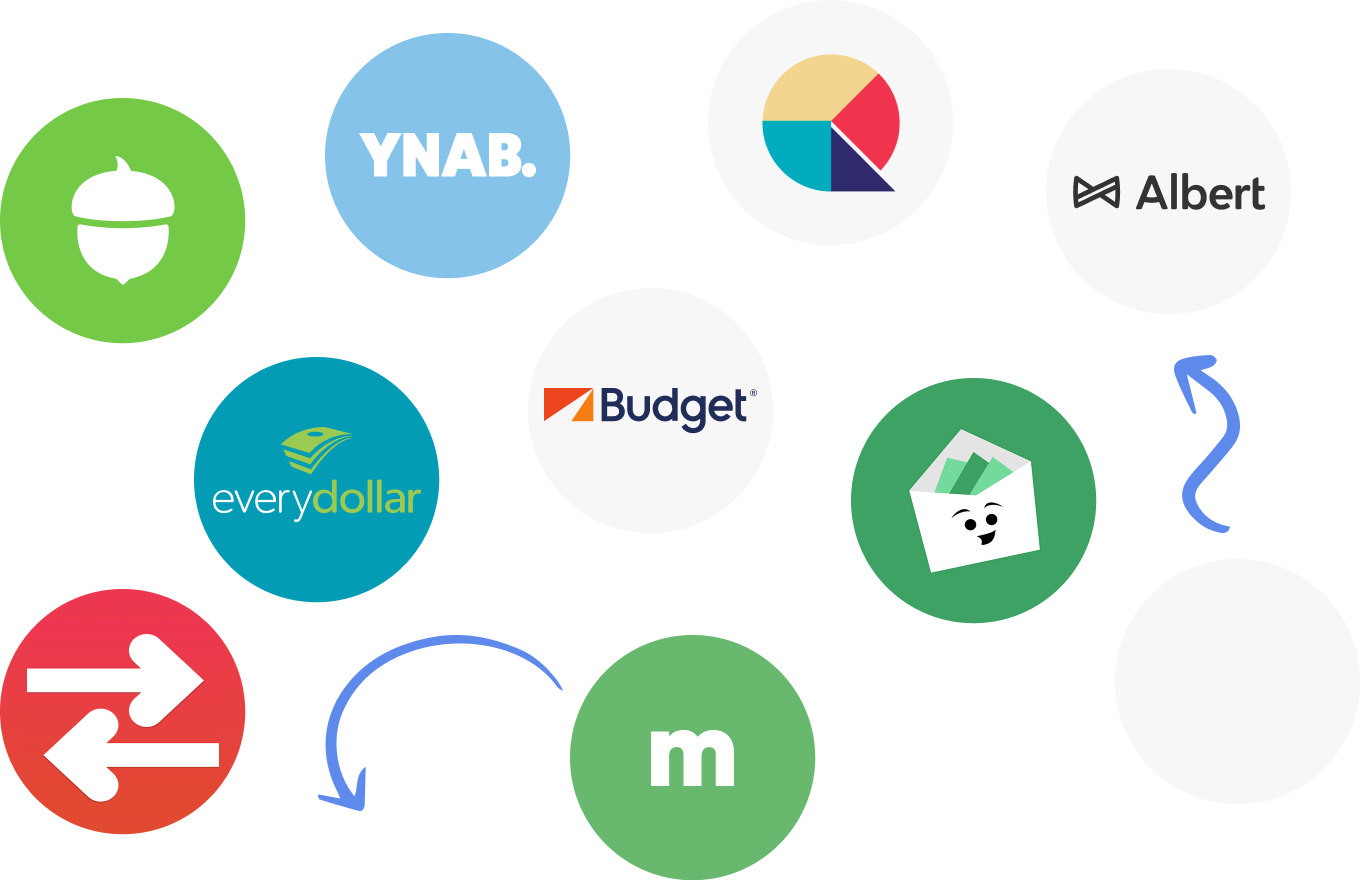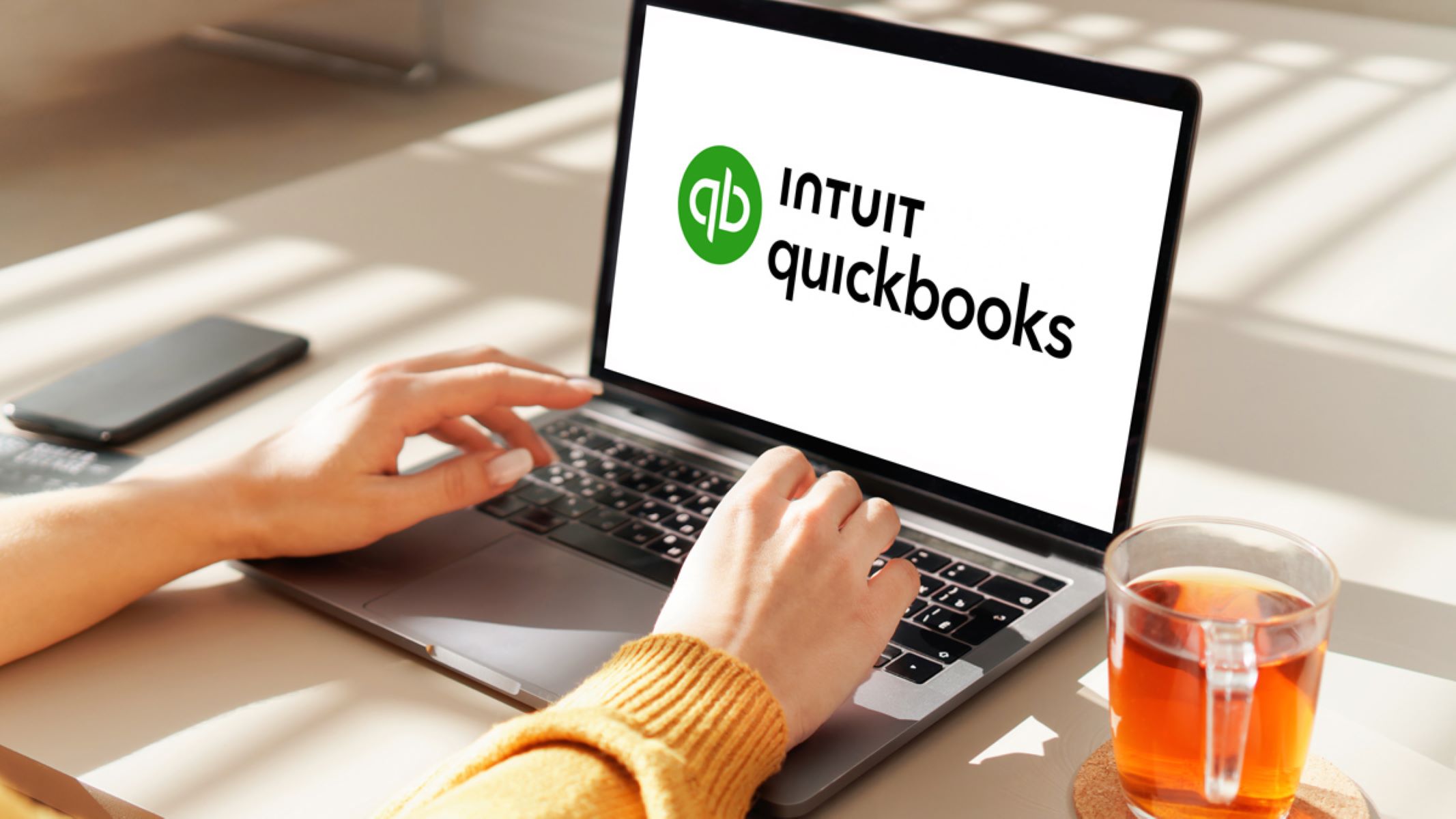Introduction
When running a business, it’s inevitable that you might encounter situations where customers are unable or unwilling to pay their outstanding invoices. This is known as bad debt, and it can have a significant impact on your company’s financial stability and cash flow. As a business owner, it is crucial to understand the process of writing off bad debt to ensure accurate financial reporting and proper management of your accounts receivable.
In this article, we will explore how to write off bad debt in QuickBooks, a popular accounting software used by many businesses. We will discuss the concept of bad debt and why it is essential to write it off properly. We will also provide a step-by-step guide on how to write off bad debt in QuickBooks, ensuring that your financials are accurate and up to date.
Writing off bad debt allows you to remove uncollectible accounts from your books, reflecting the true financial position of your business. By doing so, you can provide a realistic representation of your accounts receivable and avoid overstating your assets. Additionally, writing off bad debt allows you to claim the appropriate tax deductions for the debts you are no longer able to collect.
It’s important to note that writing off bad debt does not erase the debt or absolve the customer of their responsibility to pay. Instead, it acknowledges that these debts are unlikely to be collected and properly adjusts your financial records accordingly.
Now that we understand the importance of writing off bad debt, let’s delve into the specifics of how to prepare and perform this process in QuickBooks.
What is bad debt?
Bad debt refers to the amount of money owed to a business by customers or clients who have failed to make payments on their outstanding invoices. Despite your best efforts to collect these debts, there may come a point where it becomes clear that the amounts are uncollectible.
Several factors can contribute to bad debt, including customers experiencing financial difficulties, bankruptcy, or a dispute over the quality of goods or services provided. Regardless of the reason, bad debt negatively impacts your bottom line and can hinder your company’s financial stability.
It is vital to differentiate bad debt from uncollectible debt. While both terms refer to unpaid invoices, uncollectible debt typically refers to debts that are deemed unrecoverable due to factors such as the debtor’s financial insolvency or the expiration of the statute of limitations for collection. Bad debt, on the other hand, encompasses a broader range of scenarios where customers are unable or unwilling to fulfill their payment obligations.
Recognizing bad debt is crucial for accurate financial reporting and proper management of your accounts receivable. By identifying specific debts as bad debt, you can streamline your financial records and gain a more accurate picture of your company’s financial health.
Fortunately, accounting software like QuickBooks provides functionality and tools to help identify and deal with bad debt efficiently. By properly recording and writing off bad debt, you can maintain the integrity of your financial statements and make informed business decisions based on accurate data.
In the following sections, we will explore why it is essential to write off bad debt and provide a comprehensive guide on how to do it in QuickBooks.
Why write off bad debt?
Writing off bad debt is a necessary step for businesses to ensure accurate financial reporting and maintain the integrity of their accounts receivable. Here are a few key reasons why it is crucial to write off bad debt:
1. Accurate financial statements: Writing off bad debt allows you to remove uncollectible accounts from your books. This process ensures that your financial statements accurately reflect the true financial position of your business. It provides a more realistic representation of your accounts receivable, improving the accuracy and reliability of your financial statements for internal use and external reporting purposes.
2. Tax deductions: Writing off bad debt allows you to claim tax deductions for the uncollectible amounts. By properly categorizing and documenting bad debt, you can potentially reduce your taxable income and lower your tax liability. This can provide a significant benefit to your business by offsetting the financial loss resulting from the uncollectible accounts.
3. Clearing accounts receivable: Writing off bad debt helps clear your accounts receivable, making it easier to manage your outstanding invoices. By removing these uncollectible accounts, you can focus your efforts on collection activities that have a higher likelihood of success. Clearing accounts receivable also improves the accuracy of your aging reports and provides a more realistic picture of your outstanding balances.
4. Identifying patterns and minimizing risk: Writing off bad debt allows you to analyze the patterns and trends associated with your customers’ payment behavior. By identifying accounts that consistently result in bad debt, you can make informed business decisions, such as adjusting credit policies, implementing stricter payment terms, or reducing the exposure to high-risk customers. This proactive approach helps minimize bad debt in the future and safeguards your business from potential financial losses.
5. Legal compliance: Properly writing off bad debt ensures that your business adheres to legal and regulatory requirements. By accurately recording uncollectible accounts, you are demonstrating transparency and compliance with financial reporting standards. This not only protects your business from potential legal consequences but also enhances your reputation among stakeholders, including creditors, investors, and regulatory bodies.
By understanding the importance of writing off bad debt, you can take the necessary steps to manage your accounts receivable effectively and ensure the financial health and stability of your business.
Preparing to write off bad debt
Before you can write off bad debt in QuickBooks, it is essential to take a few preparatory steps to ensure a smooth and accurate process. Here are some key considerations to keep in mind:
1. Review your accounts receivable: Take a thorough look at your outstanding invoices and assess which accounts are uncollectible. Review any past communication or collection efforts made with the customers to determine if there is any chance of recovering the debt. Document any pertinent details regarding each account, such as the amount owed, the customer’s contact information, and the reasoning behind considering it as bad debt.
2. Confirm the debt is uncollectible: Consult with your accounting team or financial advisor to verify that the debt you intend to write off meets the criteria for bad debt. Consider factors such as the customer’s financial situation, bankruptcy status, or any legal limitations on collection. It is helpful to keep documentation supporting your decision to write off the debt.
3. Evaluate the impact on financial statements: Consider the financial implications of writing off bad debt. Assess how it will affect your balance sheet, statement of profit and loss, and other financial reports. Ensure that you understand the impact on your company’s financial ratios and overall financial health.
4. Set internal policies and procedures: Establish clear policies and procedures for identifying and handling bad debt in your organization. Define the threshold for determining when an account becomes uncollectible and outline the steps to be taken, including the necessary approvals and documentation requirements.
5. Document the write-off process: Create a record-keeping system to document each write-off. Maintain a comprehensive file that includes the customer’s information, the amount written off, the date of write-off, and any supporting documentation. This documentation is crucial for internal review, external audits, and potential tax deductions.
6. Consider seeking professional advice: If you are unsure about the proper steps to take or the implications of writing off bad debt, consult with a qualified accountant or financial advisor. They can provide guidance specific to your business needs and ensure compliance with accounting regulations and tax laws.
By adequately preparing to write off bad debt, you can streamline the process and have the necessary documentation and support in place. This helps maintain the accuracy of your financial records and provides a clear audit trail of the write-off transactions.
Step-by-step guide to writing off bad debt in QuickBooks
Writing off bad debt in QuickBooks involves a few straightforward steps. Here is a step-by-step guide to help you navigate the process:
Step 1: Launch QuickBooks: Open QuickBooks and log in to your account with administrative privileges.
Step 2: Access the customer’s account: Locate the customer’s account for whom you want to write off the bad debt. You can do this by searching for the customer’s name or locating them in your accounts receivable list.
Step 3: Create a credit memo or a journal entry: Depending on your preference, you can either create a credit memo or a journal entry to write off the bad debt.
Step 4: Create a credit memo: If you choose to create a credit memo, go to the ‘Customers’ menu and select ‘Create Credit Memos/Refunds.’ Fill in the necessary details, such as the customer’s name, the amount being written off, and a description indicating that it is a bad debt write-off. Select the appropriate accounts, such as ‘Bad Debt’ or ‘Uncollectible Accounts,’ to record the transaction. Save the credit memo.
Step 5: Apply the credit memo: Go back to the customer’s account and apply the credit memo you just created. This will offset the outstanding balance, effectively writing off the bad debt. Make sure to select the appropriate invoice(s) to apply the credit memo against.
Step 6: Create a journal entry: If you prefer to use a journal entry, go to the ‘Accountant’ menu and select ‘Make General Journal Entries.’ Enter the customer’s name, select the appropriate accounts, and enter the amount as a negative value to indicate a write-off. Provide a clear description for future reference. Save the journal entry.
Step 7: Verify the write-off: Once the credit memo or journal entry is created, review the customer’s account to ensure that the outstanding balance has been appropriately reduced or eliminated.
Step 8: Run financial reports: After completing the write-off process, run financial reports to ensure that the changes are reflected accurately. Review your accounts receivable aging report, balance sheet, and profit and loss statement to confirm that the write-off has been accounted for.
Step 9: Keep documentation: Maintain a record of the write-off transaction, including the customer’s information, the date of write-off, the amount, and any supporting documentation. This documentation is crucial for audits, tax filings, and potential future inquiries.
Step 10: Reconcile and update regularly: As part of your regular bookkeeping practices, make sure to reconcile your accounts and update your records to reflect any changes in your accounts receivable due to write-offs.
By following these steps, you can confidently write off bad debt in QuickBooks, ensuring accurate financial records and proper management of your accounts receivable.
Alternative methods for handling bad debt
While writing off bad debt is a common method for dealing with uncollectible accounts, there are alternative approaches you can consider. Here are a few options to handle bad debt:
1. Collection agency or debt recovery services: If your attempts to collect the debt have been unsuccessful, you can engage the services of a collection agency or debt recovery firm. These professionals specialize in debt recovery and have the resources and expertise to pursue the outstanding amount on your behalf. Keep in mind that they typically charge a fee or work on a contingency basis, where they receive a percentage of the amount recovered.
2. Debt settlement or negotiation: Another option is to negotiate a settlement with the customer. This involves reaching an agreement where the customer pays a reduced amount to settle the debt. While you may not recover the full amount owed, this approach can result in some recovery and can help avoid the need for legal actions or collection agencies.
3. Legal action: In cases where the debt amount is significant and you have exhausted all other options, you may consider taking legal action against the customer. Consult with a lawyer to understand the legal process and potential outcomes. Keep in mind that legal proceedings can be costly and time-consuming, so it’s important to weigh the potential benefits against the associated costs and risks.
4. Write-off on a periodic basis: Instead of writing off bad debt as a one-time occurrence, you can establish a periodic schedule to review and write off uncollectible accounts. This can help maintain more accurate and up-to-date financial records, ensuring that your accounts receivable accurately reflect the collectible debts.
5. Sell the debt: In some cases, instead of writing off the debt entirely, you may choose to sell it to a debt buying company. These companies purchase bad debt at a discounted rate, allowing you to recover a portion of the outstanding amount without the need for further collection efforts. However, keep in mind that the amount recovered may be significantly lower than the original debt.
6. Improve credit and collection processes: To minimize the occurrence of bad debt in the future, it’s essential to review and improve your credit and collection processes. Conduct thorough credit checks on potential customers, establish clear payment terms and policies, and enforce a consistent and proactive approach to collections. By implementing effective credit and collection procedures, you can reduce the likelihood of encountering significant bad debt scenarios.
Consider the specific circumstances of your business and the nature of the debt when determining the most appropriate method for handling bad debt. It may be beneficial to consult with financial professionals or legal advisors to help you make informed decisions and navigate the best course of action.
Conclusion
Managing bad debt is an important aspect of running a business, and QuickBooks provides the necessary tools to help you navigate this process effectively. By understanding the concept of bad debt and why it’s crucial to write it off appropriately, you can maintain accurate financial records and make informed business decisions.
We explored the steps involved in writing off bad debt in QuickBooks, including reviewing accounts receivable, creating credit memos or journal entries, and verifying the write-off. Following these steps ensures proper documentation and accurate financial reporting.
In addition to writing off bad debt, we discussed alternative methods for handling uncollectible accounts, such as engaging collection agencies, negotiating settlements, pursuing legal action, or selling the debt. These options allow you to explore alternatives based on your specific circumstances and objectives.
Remember to prepare for the write-off process by reviewing accounts receivable, confirming the debt is uncollectible, and understanding the impact on financial statements. Setting internal policies and seeking professional advice, when necessary, can help ensure compliance and mitigate potential risks.
By proactively managing bad debt, you can maintain a healthy cash flow, minimize financial losses, and make strategic decisions that support the long-term growth and stability of your business.
Utilizing QuickBooks and adopting best practices for handling bad debt positions you for financial success and positions your business for the future.

























